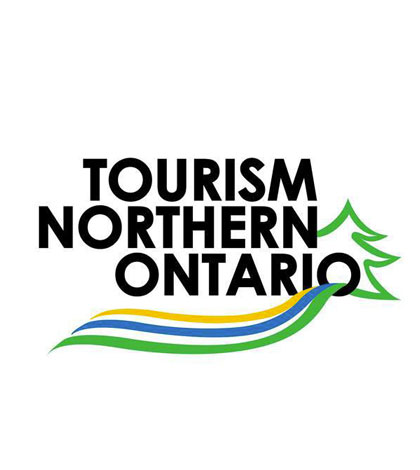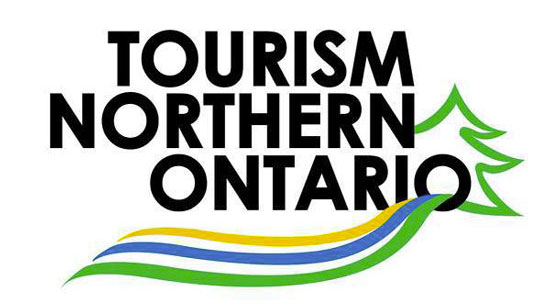M’CHIGEENG—Great Spirit Circle Trail CEO Kevin Eshkawkogan has been one of the leading advocates for boosting Northern Ontario tourism, most recently stepping forward to fill the role of vice president of Northern Ontario Tourism, the umbrella organization formerly known by the enigmatic appellation RTO 13 (Regional Tourism Organization 13).
RTO 13, which comprised all of Northern Ontario and geographically roughly encompassed 95 percent of the provincial landmass, was further divided into three sub-regions, RTO 13A, 13B and 13C. Tourism Northern Ontario (TNO) is one of 13 not-for-profit regional tourism organizations funded by the Ontario Ministry of Tourism, Culture and Sport. The organization is the largest tourism region in geography, the second largest in expenditure and the only region that includes sub-regions. “The mandate of the RTO structure is to build the industry and to that end we have been developing a great strategy focussing on the four pillars on which that goal rests,” said Mr. Eshkawkogan.
He noted that Tourism Northern Ontario coordinates, aligns and invests in sub-regional programs and leads in identified pan-Northern management functions; co-ordination of marketing, product development, workforce and industry training; and investment attraction with the ultimate goal to significantly increase tourism revenues in Northern Ontario.
“Increased visitation and yield will be achieved by delivering programs designed to enhance existing tourism products and developing new tourism opportunities for the North,” Mr. Eshkawkogan quoted from the vision espoused by the organization. “Our structure allows Tourism Northern Ontario to develop pan-Northern initiatives as well as make investments in sub-regional programs that support the North’s three distinct travel and marketing corridors.”
“An important consideration of Tourism Northern Ontario (TNC) is that we are not membership based so as not to compete with our membership based tourism partners,” he said. “We inclusively represent all tourism interests and encourage industry participation through our consultations, board, committees and working groups.”
This is far from esoteric, noted Mr. Eshkawkogan. ‘Discovering Ontario, A Report on the Future of Tourism’ notes that ‘tourism is one of the pillars of the Ontario economy and contributes more to provincial gross domestic product than the entire primary sector, including forestry and mining’,” he said. “Historically, Northern Ontario accounts for 10 percent of the province’s tourism receipts.”
As part of the process, TNO is undertaking a product development process. “TNO has commissioned the firm of BC Hughes to prepare a tourism product development strategy (2014-2020) for Northern Ontario,” noted Mr. Eshkawkogan.
TNO’s product development goals are to: “define what is meant by product development from a Northern Ontario perspective, including buy-in on the definition from the industry, municipalities and First Nation communities; support the enhancement of the range of products, experiences and services available in Northern Ontario to broaden the market and attract priority market segments; increase receipts for tourism businesses; define the product development roles and responsibilities of the industry as a whole; determine what TNO and the industry can realistically accomplish with respect to tourism product development; determine the appropriate delivery model for tourism product development; and look at roles, possible funding models and identification of potential partnerships, both traditional and non-traditional. As part of the funding model examination, review existing funding programs and provide recommendations as to how to modify the programs to bring about greater growth in the development of new products; work with what exists and improve it through diversification, revitalization programs and similar approaches; support the development of new tourism products that provide Northern Ontario with a sustainable competitive advantage; and identify and catalogue new product development initiatives, particularly those that require capital and/or operational financial assistance in order to become a reality as well as recent new product developments.”
In order to do this the strategy must identify opportunities for public and private sector collaboration aimed at enhancing tourism product development in the region, noted Mr. Eshkawkogan, “as well as finding creative solutions to support private sector operators to grow their tourism-related businesses.”
Further, he said, the strategy must identify roles and responsibilities that will result in increasing Northern Ontario’s tourism receipts by 2020 through its support of tourism product development and ensure that the roles of other organizations including Destination Marketing Organizations (DMOs) and operators are identified.
One of the pillars of tourism capacity building that especially captures Mr. Eshkawkogan’s attention is improving customer service and skills development among the human resources in the region and to that end he is currently working on a partnership effort to create a training facility with that focus.





